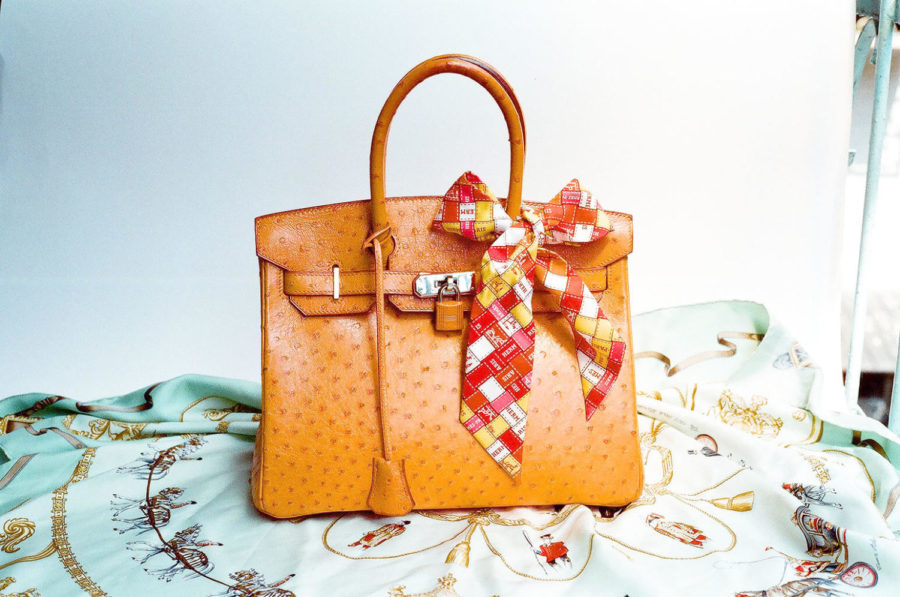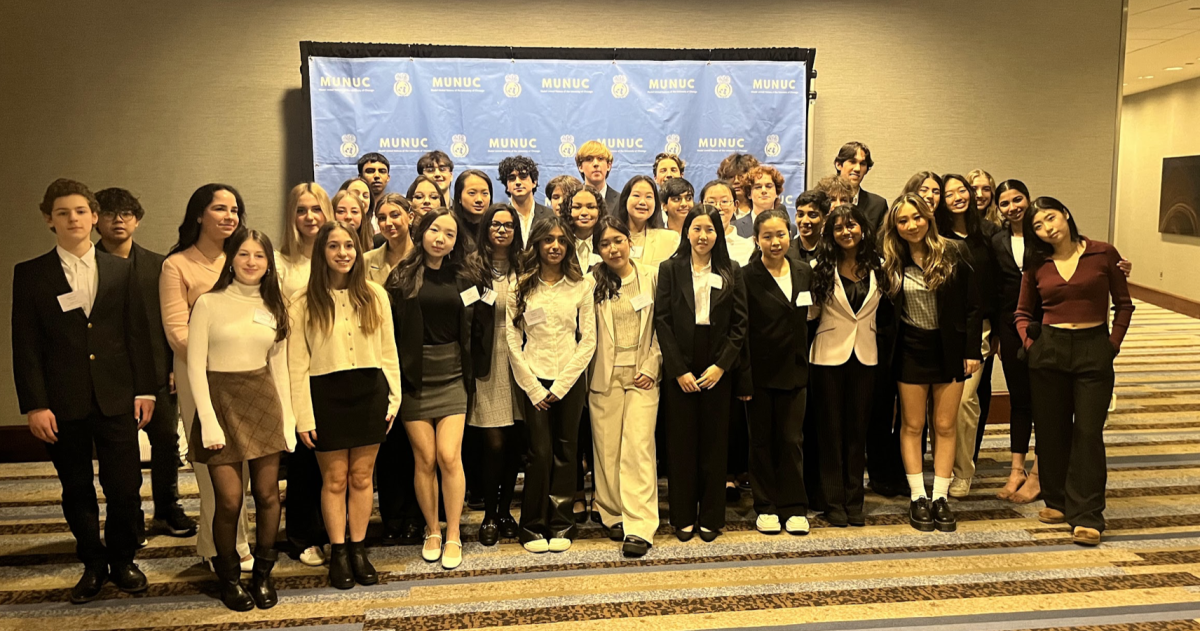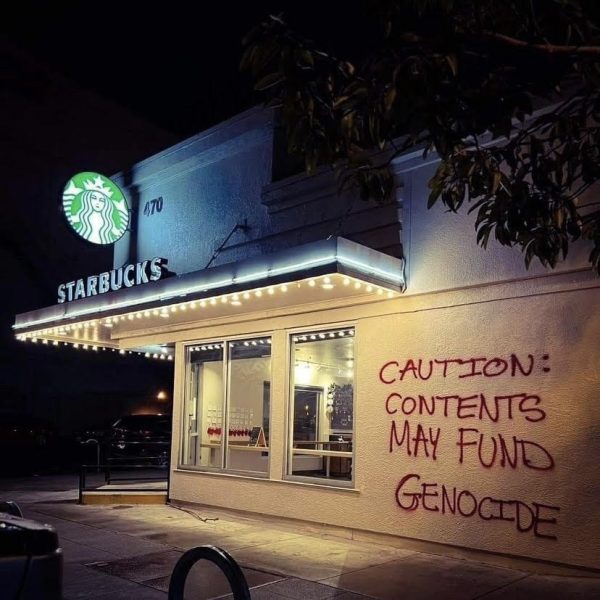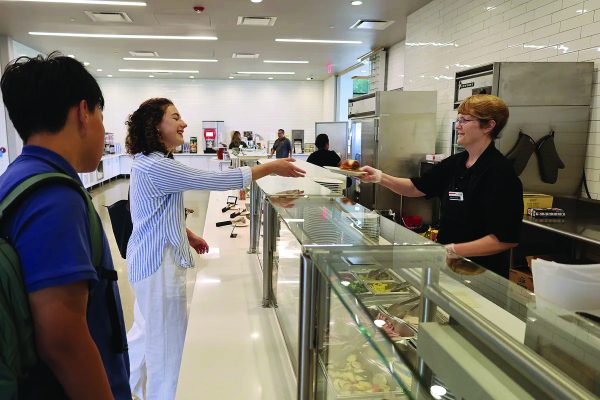Designer Brands Convoluted in Wildlife Trafficking
Photo by Creative Commons
The iconic and expensive Birkin bag, designed by Hermés, flaunts exotic animal skin.
April 26, 2022
Louis Vuitton, Hermès, Dior, Prada, Gucci, and other famous fashion houses have allegedly been convoluted in an illegal industry – one valued at over $20 billion – wildlife trafficking.
The most popular animals of the trade are known to be ostriches, crocodiles, and many endangered species. Business begins in East Asia, West Africa, and Latin America where the animals live and are illegally hunted. They are then brought to be brutally tortured – often while conscious – and killed so that their high-demand skin can be packaged up. These remains are then exported to the fashion houses, where their skin is wrenched into beloved bags and prized accessories.
Beyond the horrific animal abuse, wildlife trafficking has other devastating effects. The United Nations Environmental Programme (UNEP), claims that wildlife trafficking will “weaken entire ecosystems” and “threaten essential links of the world’s biological diversity,” which is “one of the greatest global threats in our time.” This not only accelerates climate change but also poses a more immediate threat to human life with a rise in zoonotic disease, triggered by animal extinction.
Animals can be used for consumer goods in a safe, sustainable, and legal way, yet luxury brands are still choosing to involve themselves in wildlife trafficking. Those directly involved in animal abuse and the supply-side of wildlife trafficking are incentivized by the demands of these luxury brands. They are often also involved with illegal logging, money laundering, terrorism funding, and other crimes. This exposes another critical issue: the demand for luxury goods implicitly employs criminals.
Valerie Sorenson, Department Chair of Modern & Classical Languages, said, “I think most of us don’t know very much about the products we buy all the time, and it makes sense because researching all the practices and sources of every product takes a lot of work.” Assumptions made about products also play a huge role in this issue. Considering that luxury products are already so expensive, it is shocking to discover that these products are still crafted in an illegal way. Avery Martin, a fashion fanatic and junior at LFA, said, “with products that cost thousands, the companies certainly have the budget to be sustainable.”
Jannie Nguyen, a senior at LFA who, like many in the area, owns designer bags, said, “It’s so engraved into our society of having an item for its design or status.” Some of the wealthiest and most famous people advertise these devastating designer bags freely when they can afford more sustainable options and simultaneously use their extensive platforms to encourage others to do the same. “Even though it’s not ethical, it’s what makes it exclusive because it’s harder to get. That’s why brands like Hermès have that price tag, people will lose interest if it’s not exclusive anymore, and brands don’t want that,” Nguyen said. “They probably won’t use synthetic skin, since they will lose their price range and exclusivity,” she added.
Demand for unethically-made designer items abuses animals accelerates climate change and employs criminals. A particular logo should not excuse such destruction. The awareness and concern of consumers are the only power to change this. In a survey sent to all LFA students, about a third of the 98 respondents said that they own an item, or multiple, from a brand involved in wildlife trafficking while over two-thirds reported that they were unaware of such allegations. This underscores the relevance that the issue has to our community. Tanya Ganesh, a survey respondent and sophomore at LFA, discussed how she believes that this is an “opportunity to help companies revise their morals and values by avoiding the brand.”














